Top Qs
Timeline
Chat
Perspective
List of space travellers by first flight
From Wikipedia, the free encyclopedia
Remove ads
This is a list of space travelers by first flight. The table is listed in chronological order from the date of first flight. The table adheres to a common definition of a space traveller; the Fédération Aéronautique Internationale criterion of achieving an altitude higher than 100 km (62 mi; 330,000 ft), thereby crossing the FAI-defined Kármán line. The criteria for determining who has achieved human spaceflight vary. Personnel who qualify only for the United States Astronaut Badge, awarded to those who achieve an altitude of 50 mi (80 km; 264,000 ft), are listed at the X-15's highest flights and the VSS Unity test flights.

Remove ads
Space travellers
Summarize
Perspective
Table parameters
All entries are dated from launch time in Coordinated Universal Time (UTC), which on occasion is one day earlier than the local date of launches from sites in the Eastern Hemisphere such as Baikonur and one day later than the local date of launches from sites in the Western Hemisphere such as Cape Canaveral.
As a rule, dual nationals fly under a single flag when flying as professional spacecrew and/or when flying on government-operated spacecraft, and this is the flag they are listed under in the table. For the spaceflights of dual nationals who are private citizens flying on commercial spacecraft as ordinary passengers, the flags displayed are those of their countries of birth, unless the space traveller did not hold citizenship of that country and/or otherwise made clear (s)he intended to represent a different nationality.
Table



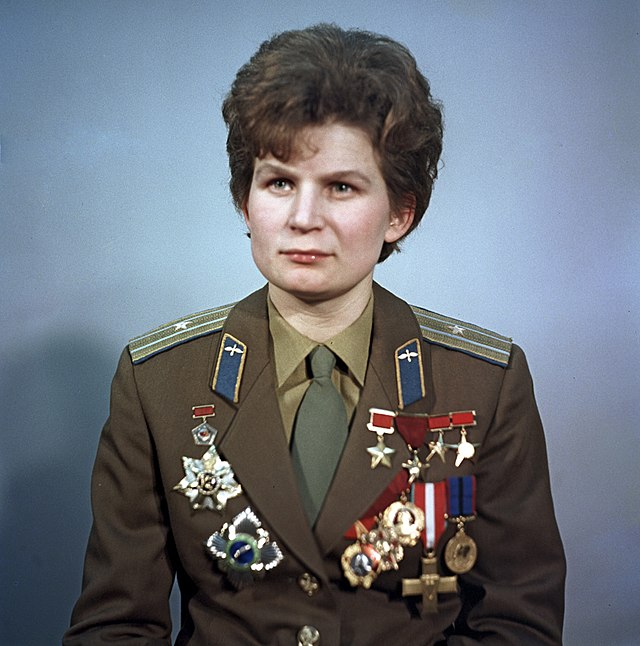
Vladimir Komarov, joint 14th person and first to die during spaceflight (during Soyuz 1).






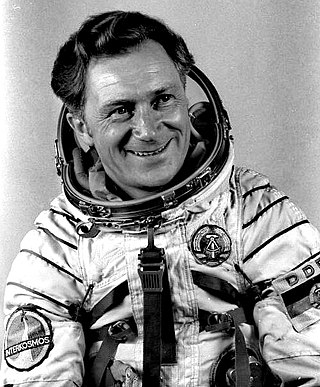




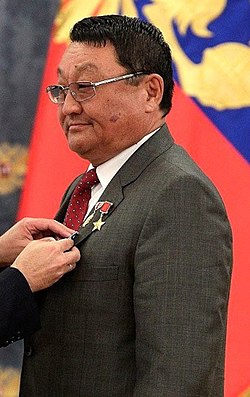






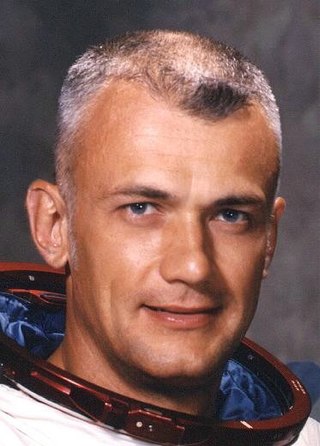







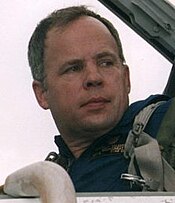










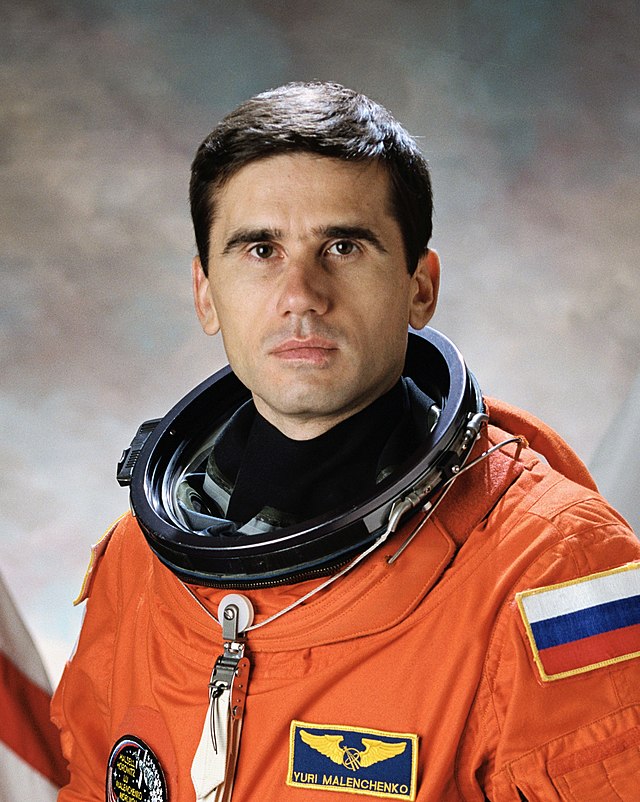


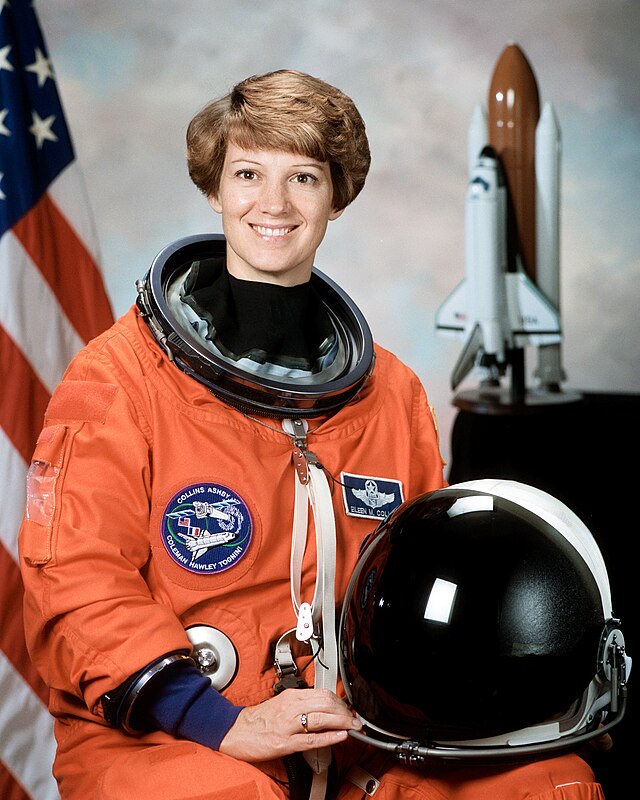











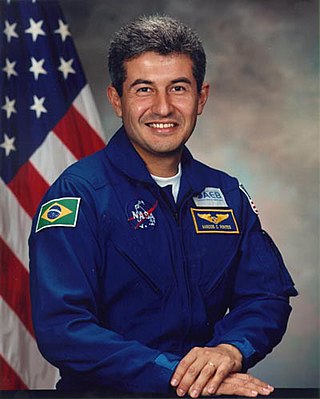


















Remove ads
See also
Notes
- Fatalities which occurred during training or testing are not included in this list, but can be found in the list of spaceflight-related accidents and incidents.
- i.e. In a class of vehicle that had already been flight-proven above 100 km (62 mi), for most of its launches.
- In cases where the first space traveller from a particular country flew on a sub-orbital flight, that flight is also linked in italics.
- Most space travellers have a single entry in the table dated on the launch of their first spaceflight or attempt thereof. The only exception is when a traveller successfully crossed 100 km (62 mi) for the first time after a failed attempt.
- The distance of Gagarin's spaceflight exceeded the circumference of the Earth and the total duration of the flight exceeded its orbital period. Due to the rotation of the Earth, Gagarin nevertheless landed west of the Vostok 1 launch site after completing a single orbit.
- Under Fédération Aéronautique Internationale rules, the Vostok missions are not deemed completed spaceflights, as cosmonauts did not land with the spacecraft (they ejected from the spacecraft and landed separately). The first Soviet mission that did fulfill this requirement was Voskhod 1.[3] However, despite this issue, the FAI does recognize Yuri Gagarin as the first person to perform a spaceflight.[4]
- See the Space Shuttle Challenger disaster.
- Lodewijk van den Berg was a naturalised United States citizen at the time of his flight, having been born in the Netherlands.
- Franklin Chang Díaz is a dual national of the United States and Costa Rica, but flew under the United States flag.
- Toktar Aubakirov returned to Earth prior to the dissolution of the Soviet Union, upon which he became a Kazakh citizen.
- Michael Foale is a dual national of the United States and the United Kingdom, but flew under the United States flag.
- See the Space Shuttle Columbia disaster.
- Piers Sellers was a dual national of the United States and United Kingdom, but flew under the United States flag.
- Anousheh Ansari is a dual national of the United States and Iran, but flew under the United States flag.
- Nicholas Patrick is a dual national of the United States and United Kingdom, but flew under the United States flag.
- Soyuz MS-10 booster failed several minutes after launch, and achieved sub-orbital spaceflight only according to the United States definition of 80 km (50 mi). The flight reached an altitude of 93 km (58 mi), not high enough to meet the official FAI criterion of 100 km (62 mi). The crew landed safely.[300]
- Vanessa O'Brien is a dual national of the United States and the United Kingdom, but flew under the United Kingdom flag.
- Wang was born in China but lives primarily in Svalbard and since 2023 is also a citizen of Malta and Saint Kitts and Nevis through their golden visa programs. He will wear the flag of Malta on his spacesuit during the spaceflight.[344]
- Mikkelsen was born in the United Kingdom, but is now a citizen of Norway. She will wear the flag of Norway on her spacesuit during the spaceflight.[346]
Remove ads
References
Wikiwand - on
Seamless Wikipedia browsing. On steroids.
Remove ads

